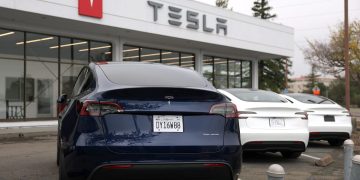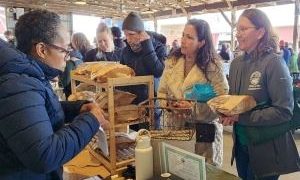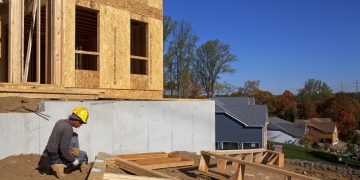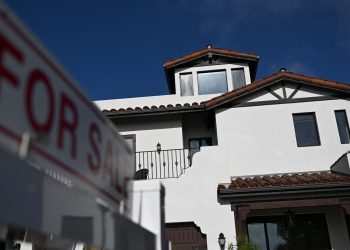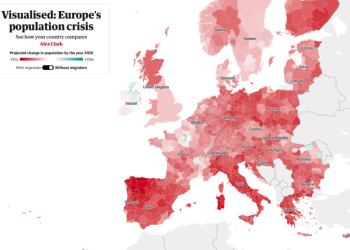Smaller U.S. communities that once lost people to the big city hope to attract new residents as increased remote work makes it more possible than ever to live far from the office.
“Now that they have the flexibility, people are thinking about things in terms of cost of living, people are prioritizing what type of lifestyle they may want and that, oftentimes, can be connected to outdoors or different pursuits,” says Matt Micksin, a region senior director at Common, a co-living and rental apartment management company.
“Maybe I just want to be somewhere different, and I want to be somewhere I can do X, Y and Z activities, whether it’s fly fishing, kayaking, hiking, all the things that I don’t want to be out of touch with,” Micksin says.
Common is working to identify and develop remote digital hubs — work-and-play communities that are designed with the specific needs of teleworkers in mind.
“And that’s things like, do you create soft partition walls, do you put an office in? Do you facilitate a different layout that makes it functionally easier to do the thing that all of us have been doing, which is having a laptop out, doing Zoom calls all day,” Micksin says. “Is there a better way to do that? We’ve all seen plenty of Zoom calls that were coming from someone who didn’t have an ideal setup.”
The idea is to come up with designs that don’t require remote workers to pay for more room, like a second bedroom, to accommodate…


